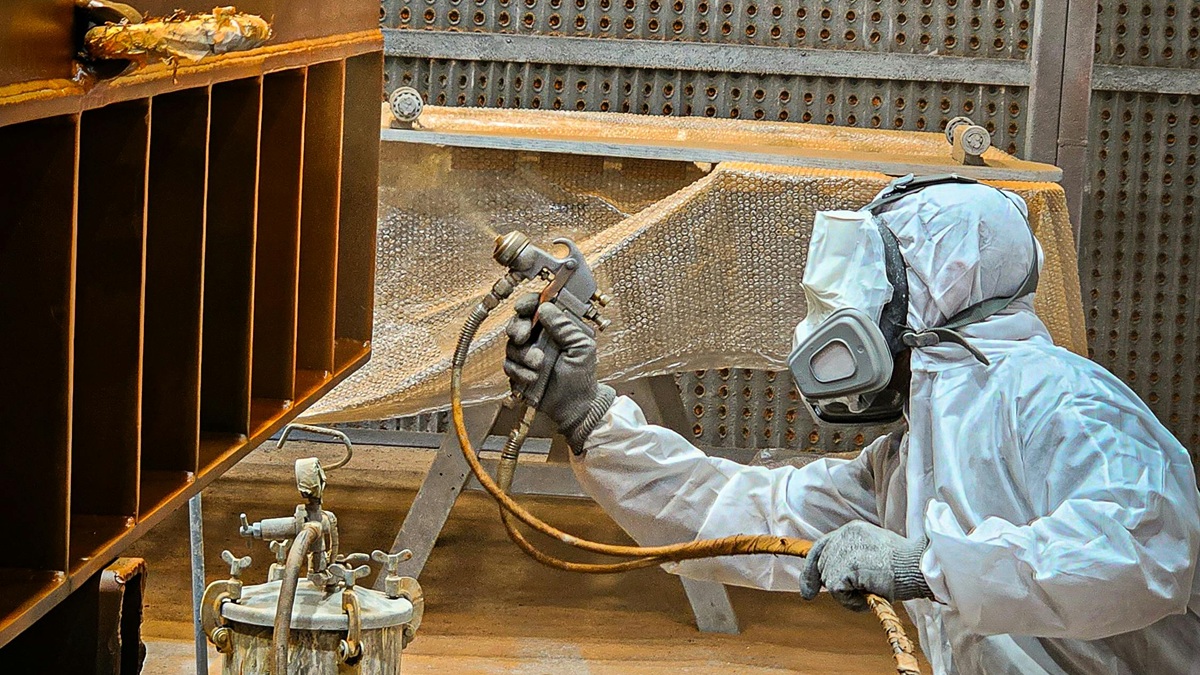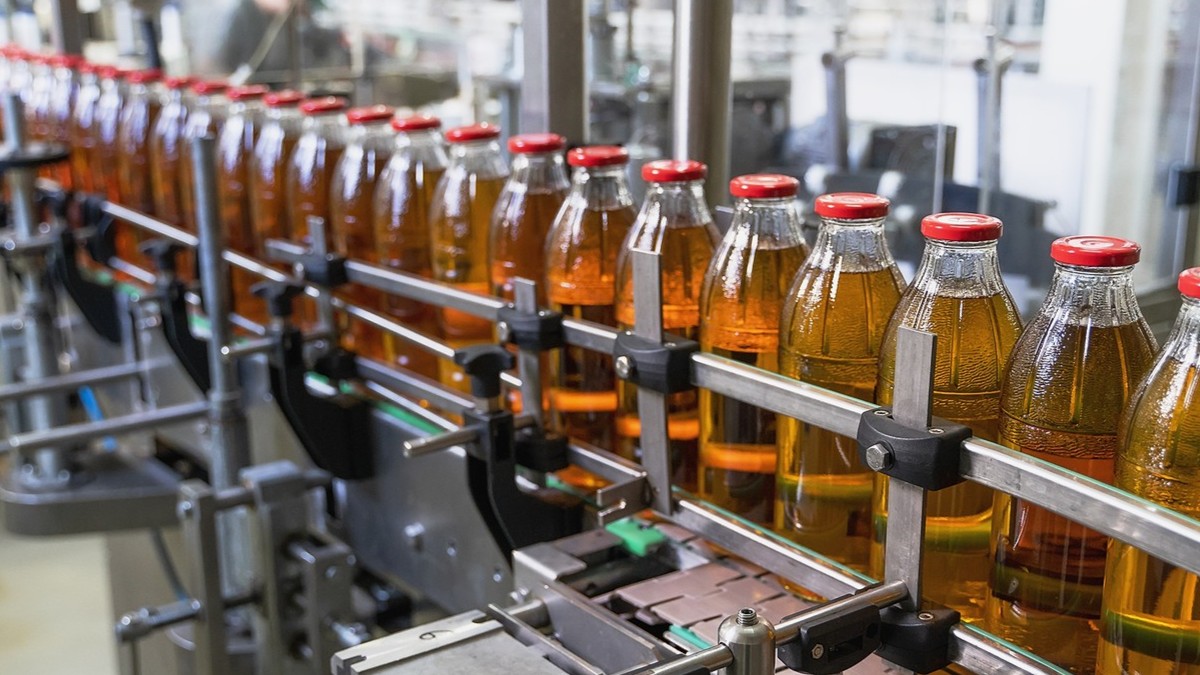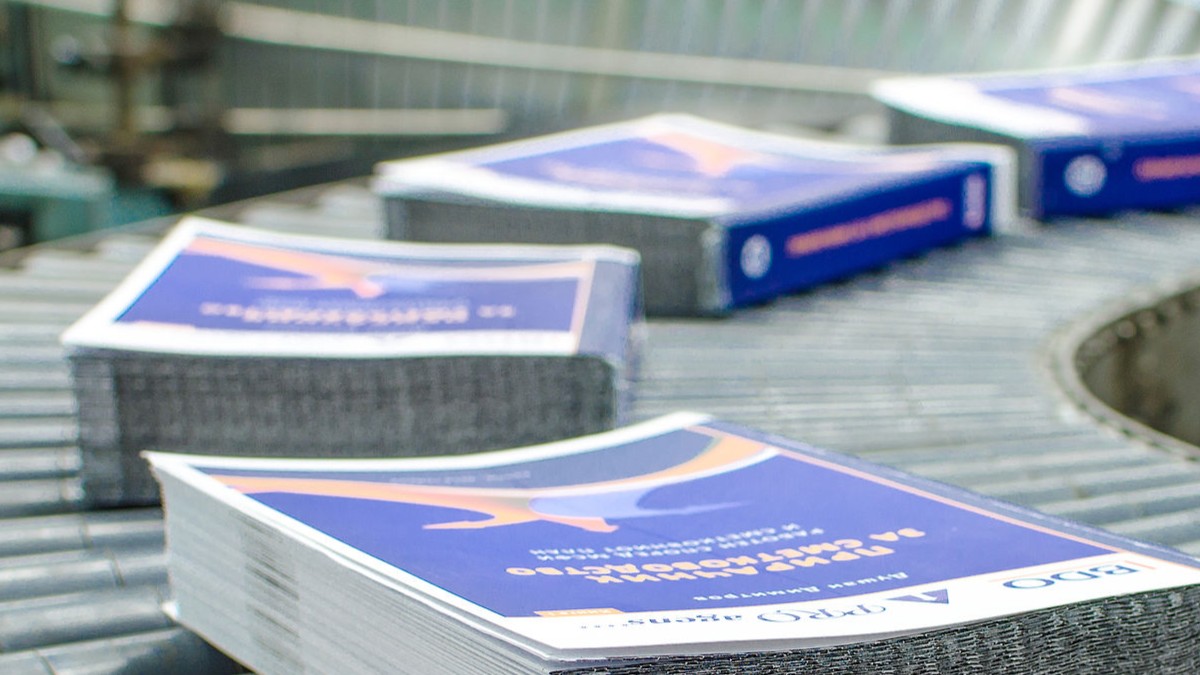In today’s textile industry, with the growing awareness of environmental protection, sustainable development and eco-friendly materials have become mainstream trends. This fabric for sports support and rehabilitation braces is designed for long-term wear, providing exceptional comfort while offering excellent breathability. Its breathable properties effectively keep the skin dry, reducing odors and bacterial growth, ensuring the freshness and hygiene of the wearer.

Photo by https://www.acelon-yarn.com/en/application-cate-first/outdoor-and-indoor-sports
These fabrics are made from recyclable and eco-friendly materials, meeting the market’s demand for green textiles. In addition, the fabric is equipped with antibacterial features that effectively suppress odors caused by sweat, ensuring the wearer stays dry and comfortable, perfectly aligning with modern demands for both health and comfort.
Far Infrared Thermal Function: Embracing the Future of Smart and Functional Fibers
As the textile industry transitions to smart and functional materials, this far infrared thermal fabric represents the latest technological trend. Using medical-grade yarn embedded with microelements, this fabric absorbs heat from external sources or the body and transforms it into far infrared energy, providing warmth, promoting blood circulation, and alleviating pain. This innovative technology meets the growing demand for health, comfort, and functionality, driving the development of smart fabrics and wearable technology.
- Enhancing Blood Circulation: The far infrared rays penetrate the skin and deeper tissues, promoting blood flow, playing a crucial role in improving overall body functions.
- Strengthening Functional Textile Applications: With the increasing consumer demand for health care, this far infrared technology integrated fabric is gradually becoming mainstream in medical, sports, and daily health products.
Support and Stability Function: Customization and Personalization Needs
With the growing demand for product personalization, the textile industry is gradually evolving toward customization and multi-functionality. This fabric for sports support and rehabilitation braces not only provides excellent support but is also designed ergonomically to cater to different needs, ensuring optimal performance during sports or recovery. This fabric emphasizes "customization" and "personalization," addressing the increasing demand for specialized functional needs in the market.
- Personalized Design: Offering flexible customization services, tailoring support and comfort designs according to different sports and rehabilitation needs.
- Innovative Functional Materials: This fabric boasts high stability, maintaining long-lasting performance even after multiple uses and washes, perfectly meeting the market's requirements for durability and longevity.
The Sustainability Shift: Washable and Biodegradable Materials in Focus
High Stability and Durability Function: The Trend of Digitalization and Automation in Manufacturing
- Precision Manufacturing and High Stability: Advanced production technologies are employed to meet high-quality standards for every batch of product, ensuring that performance does not degrade even after repeated washing.
- Digital Control and Automated Production: The production process uses advanced automated equipment and data analysis technology, ensuring product stability and reliability, in line with the digital transformation wave sweeping across the textile industry.



.jpg)









.jpg)
.jpg)